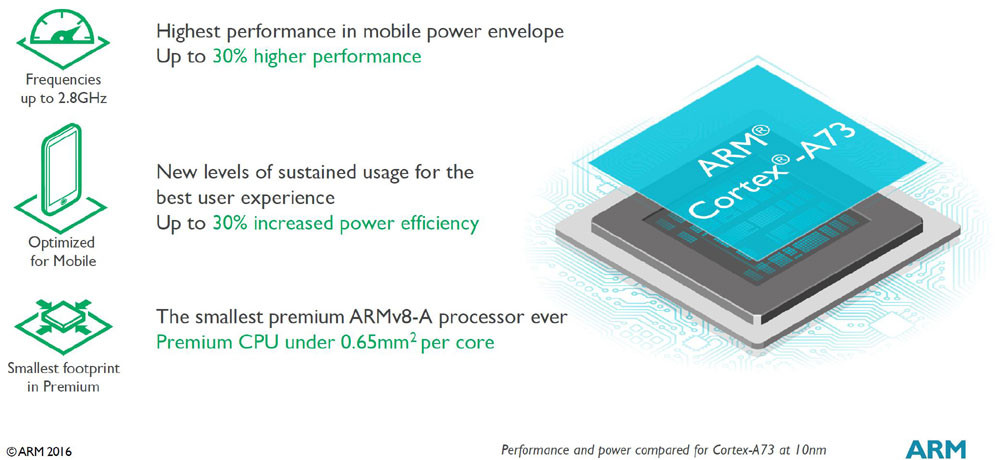
MediaTek might not be known for its chipsets in Europe and the United States, but chipsets from the company power a majority of the low-end smartphones sold in China and other Asian countries.
The company has today announced a new range of chips designed specifically for wearables and smartwatches. Dubbed the MT2601, the dual-core chip is based on ARM’s Cortex-A7 design and supports Android Wear. Aside from the 1.2GHz dual-core A7 chip, the MT2601 also includes a Mali-400MP GPU and supports up to qHD resolution displays.
“The MT2601 has an incredibly small die size and is highly optimized for cost and power performance. The platform solution, comprised of MT2601 integrated with Android Wear software, will fuel the maker revolution and empower the application developer community worldwide to create a broad range of innovative applications and services,” said J.C. Hsu, General Manager of New Business Development at MediaTek.
The chipset is also compatible with a host of external sensors and accessories, including the MT6630 SoC from MediaTek for Bluetooth connectivity. With a footprint of only 480mm2, the MT2601 is small enough to meet the needs of a variety of OEMs.
MediaTek boasts that its chipset packs in 41.5 percent fewer components than other competing solutions in the market leading to a lower current consumption and bills of materials. This will in turn allow OEMs to create wearbales with longer battery life and better design.
Currently, the Snapdragon 400 from Qualcomm is the most widely used chipset in smartwatches with usually two out of its cores disabled to improve battery life. Since the MediaTek chipset is designed with smartwatches in mind, it should provide better battery life than Qualcomm’s solution.

















